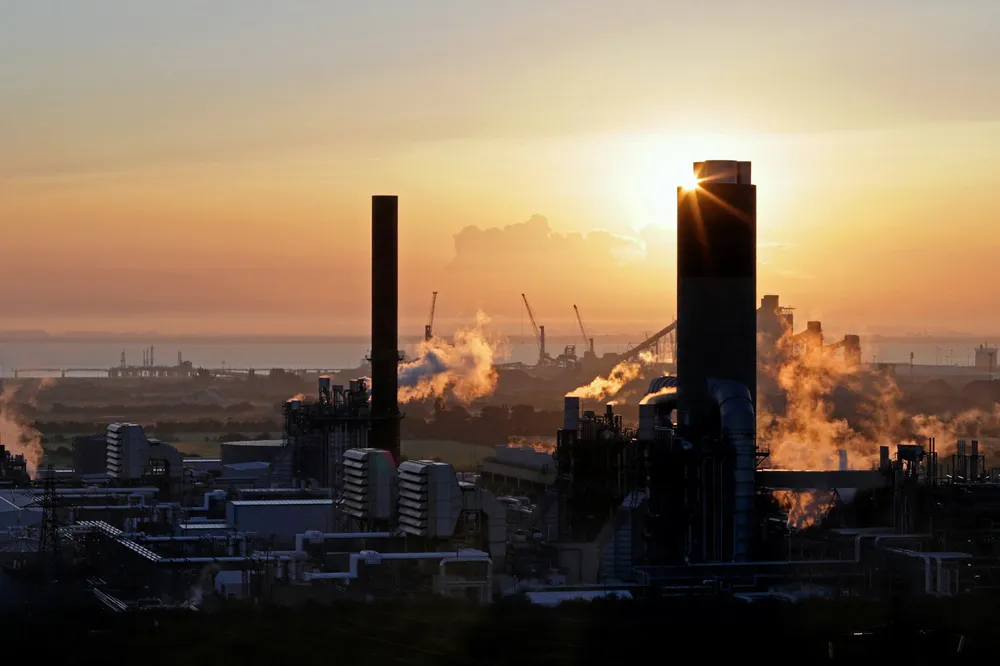Shell to provide carbon capture technology to help decarbonise UK industrial cluster
Shell, with support from Technip Energies, will provide technology to capture emissions from the VPI Immingham combined heat-and-power station

Shell, with support from Technip Energies, will provide technology to capture emissions from the VPI Immingham combined heat-and-power station
